
Users lock up their tokens and turn them into veTokens, which control the protocol's governance, according to the veTokenomics model.
All facets of a token's production and management, including its allocation to various stakeholders, supply, token burn schedules and distribution, are managed through tokenomics analysis. Tokenomics help to determine the potential value of decentralized finance (DeFi) projects. Since the law of supply and demand cannot be changed, tokenomics dramatically impacts the worth of each nonfungible token (NFT) or cryptocurrency.
Related: What is Tokenomics? A beginner’s guide on supply and demand of cryptocurrencies
However, there are various loopholes in the tokenomics design, such as a substantial initial supply allocation to insiders, which may be a pump and dump warning sign. Also, there is no manual on how founders, treasury, investors, community and protocol designers should split the tokens optimally.
As a result, DeFi protocols, such as Curve, MakerDAO and Uniswap, lack a carefully planned initial token distribution, which results in sub-optimal token distribution because higher contributors might not always get the best allocation or vice-versa. To solve these issues, the Curve protocol introduced vote-escrowed tokenomics or veTokenomics. In this article, you will learn the basic concept of veTokenomics; how veTokenomics works and its benefits, and drawbacks.
What is veTokenomics?
Under the veTokenomics concept, tokens must be frozen for a set period, which encourages long-term participation and lowers the tokens' market supply. In return, users receive veTokens that cannot be sold and are non-transferable. That said, to participate in the governance mechanism, one needs to lock their tokens over a fixed time period, which will cause an organic token price increase over time.
One can already lock up your tokens in some DeFi initiatives to receive a portion of the protocol revenue. However, the veToken architecture differs in that owners of these locked tokens can control the emission flow, increasing the liquidity of a particular pool.
The rate at which cryptocurrencies are created and released is called emission. The cryptocurrency's economic model, specifically whether it is inflationary or deflationary, affects the emission rate.This leads to better alignment between the protocol's success and the incentives earned by the tokenholders because whales cannot use their votes to manipulate the token prices.
How does veTokenomics work?
To understand the working of vote deposit tokenomics, let's see how Curve implements veTokenomics. Similar to other DeFi protocols, liquidity providers (LPs) earn LP tokens for offering liquidity to Curve's pools. These LP tokens can be deposited into the Curve gauge to get the Curve DAO token (CRV), which liquidity providers can enhance by locking CRV. The liquidity gauge calculates how much liquidity each user is contributing. For example, one can stake their liquidity provider tokens in each Curve pool's unique liquidity gauge.

Additionally, veCRV holders and LPs share the fees generated by Curve Finance. One must lock their CRV governance tokens for a fixed time period (one week to four years) and give up their liquidity to obtain veCRV. This means that long-term stakers want the project to succeed and are not in it merely to earn short-term gains.
veCRV holders can increase stake rewards by locking tokens for a long time, decide which liquidity pools receive token emissions and get rewarded for staking by securing liquidity through swaps on Curve. However, the length of time tokenholders have locked their veTokens affects how much influence they have in the voting process.
Consider Bob and Alex, who each have the same amount of CRV. Bob locked his tokens for two years, while Alex only had them for one year. The veCRV, voting power and associated yields are doubled for Bob because he locked his tokens for a longer period than Alex. Such a dynamic promotes long-term engagement in decentralized autonomous organization (DAO) projects and assures that the token issuance is conducted democratically.
Other examples of veTokenomics include Balancer, which introduced veBAL tokens in March 2022 with a maximum locking time of up to one year. Frax Finance also suggested using veFXS tokens, letting owners choose gauges that would distribute FXS emissions among various pools on different decentralized exchanges (DEXs).
What are the benefits and drawbacks of veTokenomics?
From understanding the basics of veTokenomics, it is evident that tokenholders get rewarded for blocking the supply of veTokens, which reduces the supply of LP tokens and thereby selling pressure. This means tokenholders holding a substantial amount of tokens cannot manipulate their price. Furthermore, this popular tokenomics model promotes the addition of more liquidity to pools, strengthening a stablecoin's ability to keep its peg.
Since there was no market for tokens of liquidity providers other than exercising governance rights and speculating, the initial DeFi governance tokens had little to no impact on the price. However, locked veTokens positively impact the supply dynamics because the community expects enhanced yields, valuable governance rights and aligning the priorities of all stakeholders.
Despite the above pros of the vetoken model, there are various drawbacks of veTokenomics that stakeholders must be aware of. Since not everyone invests for the long-term, the protocol following the veTokenomics model may not attract short-term investors.
In addition, if tokens are locked for longer, the opportunity costs can be too high as one can't unlock them till the maturity date if they change their mind. Moreover, this model diminishes long-term oriented incentives and weakens the decentralization of governance if the protocol offering such tokens has the majority of veTokens.
The future of the veTokenomics model
In the traditional tokenomics model, governance tokens that only grant the power to vote are considered invaluable by Curve Finance (the pioneer of the veTokenomics model). Moreover, it believes there is little reason for anyone to become fully committed to a project when "governance" is the only factor driving demand.
The new tokenomic system called veTokenomics is a significant advancement. Although it lowers the supply, compensates long-term investors and harmonizes investor incentives with the protocol, the veTokenomics model is still immature.
In the future, we may experience additional protocols incorporating veTokenomics into their design architecture in addition to developing novel ways to build distinctive economic systems that use veTokens as a middleware base. Nonetheless, as the future is unpredictable, it is not possible to guess how tokenomics models will evolve in the upcoming years.
Purchase a licence for this article. Powered by SharpShark.

You can get bonuses upto $100 FREE BONUS when you:
💰 Install these recommended apps:
💲 SocialGood - 100% Crypto Back on Everyday Shopping
💲 xPortal - The DeFi For The Next Billion
💲 CryptoTab Browser - Lightweight, fast, and ready to mine!
💰 Register on these recommended exchanges:
🟡 Binance🟡 Bitfinex🟡 Bitmart🟡 Bittrex🟡 Bitget
🟡 CoinEx🟡 Crypto.com🟡 Gate.io🟡 Huobi🟡 Kucoin.
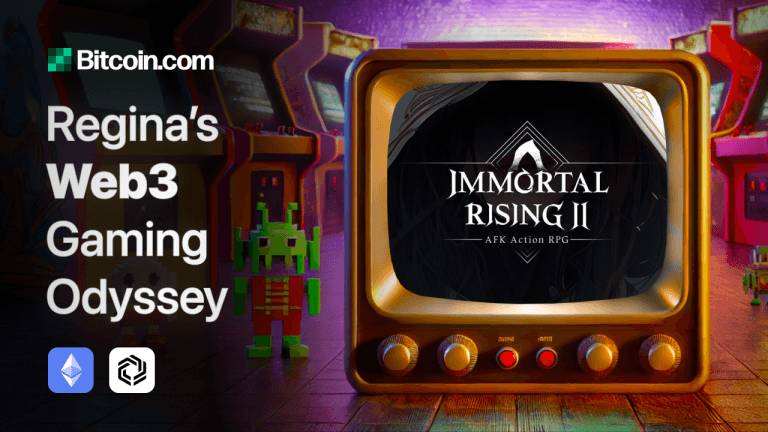




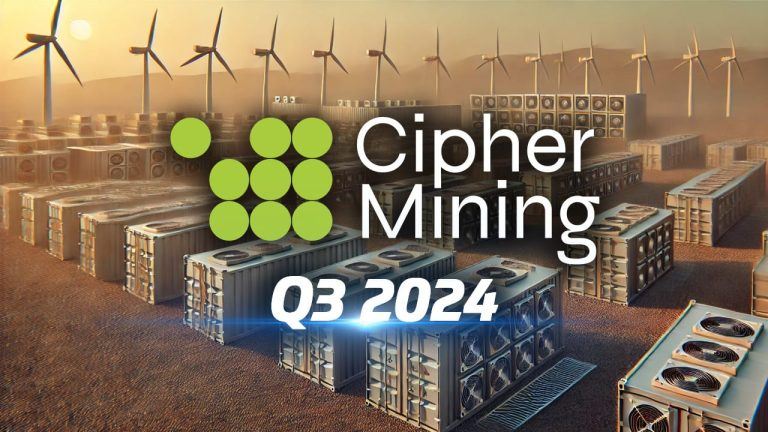


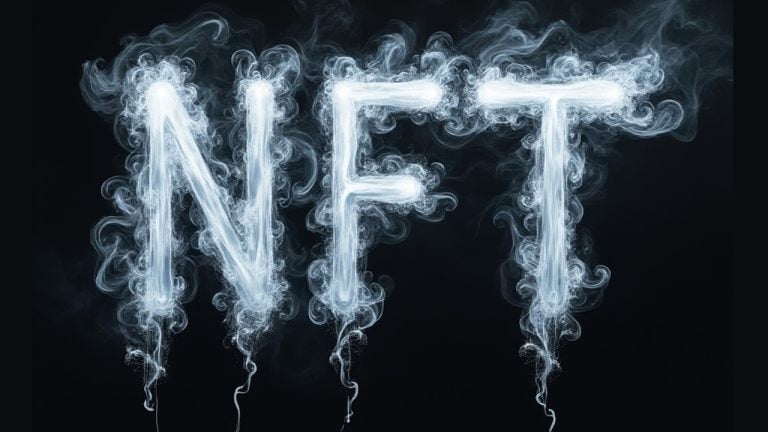
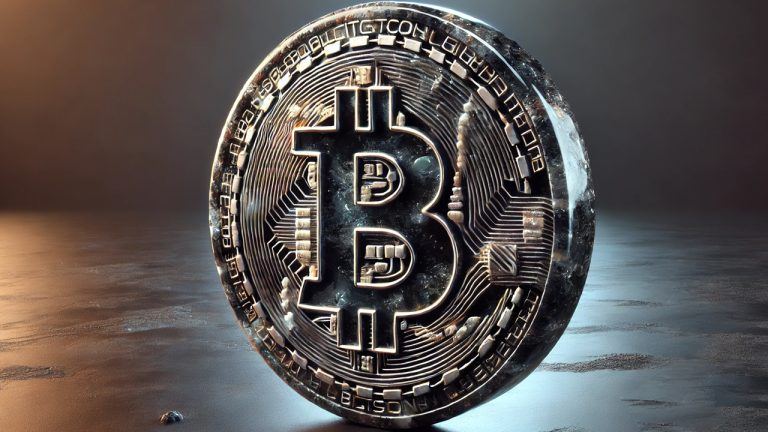

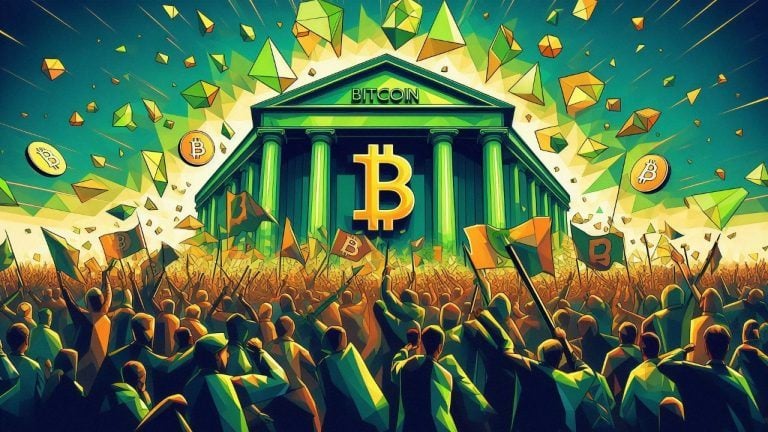
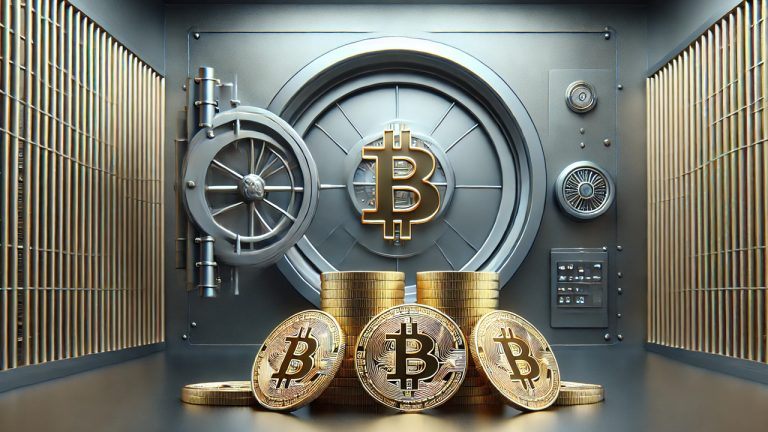
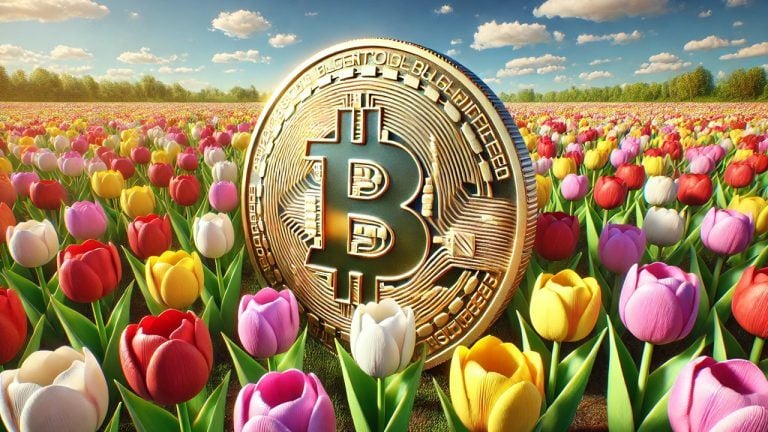
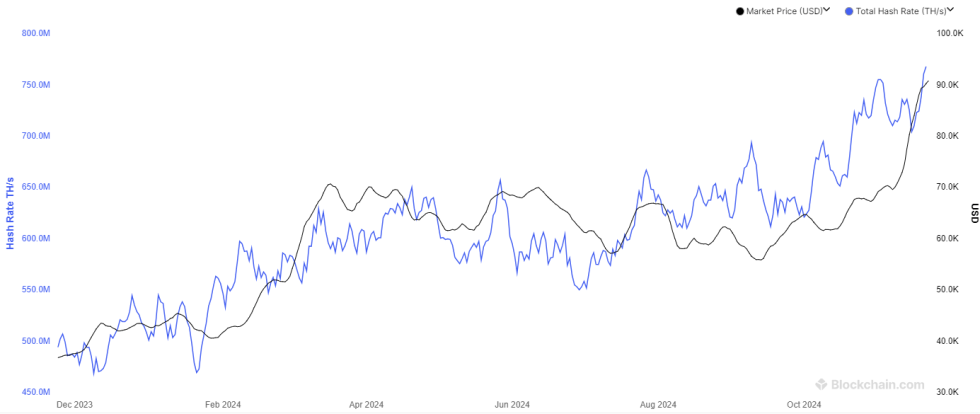




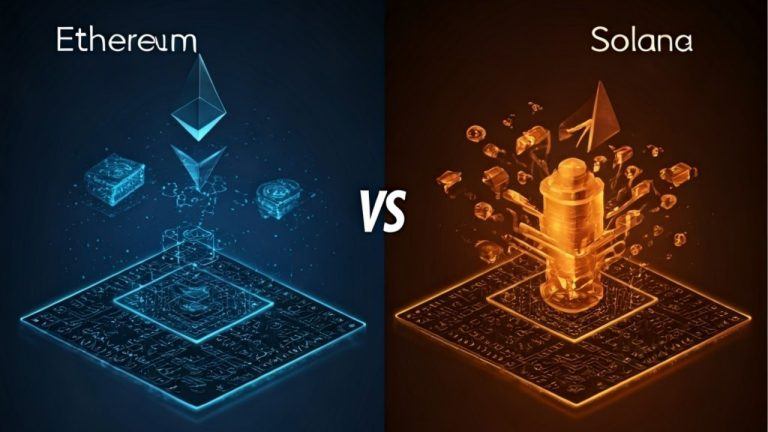
Comments